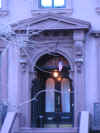 |
New York
Architecture Images-Greenwich Village Salmagundi Club Landmark |
|
architect |
|
|
location |
47 Fifth Ave., bet. East 11th and East 12th Streets. |
|
date |
1853 |
|
style |
Renaissance Revival |
|
construction |
Brownstone |
|
type |
House |
|
|
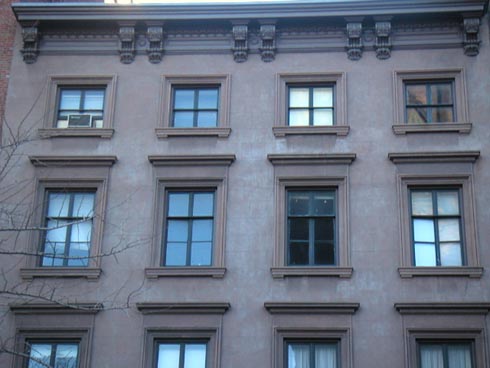 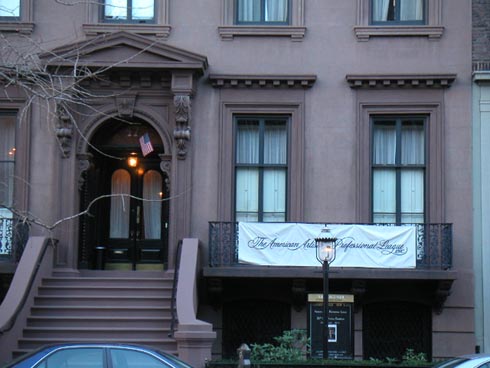 |
|
images |
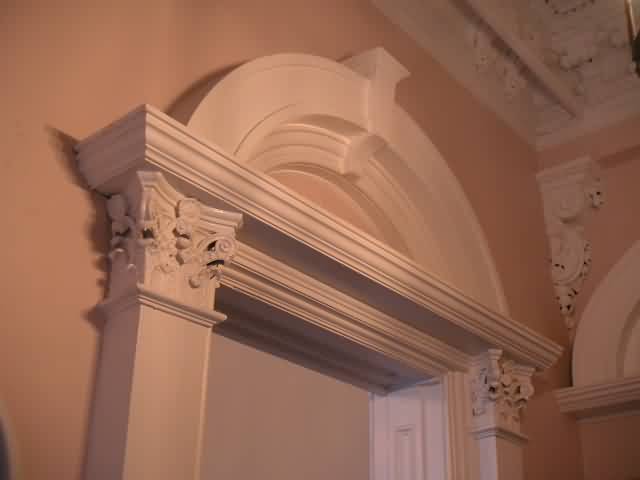 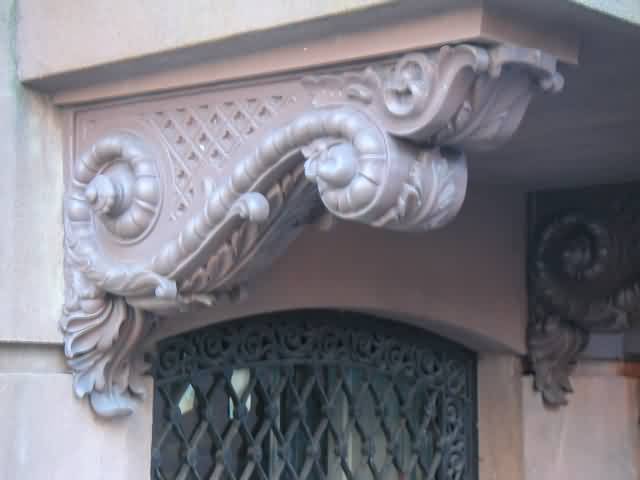 |
|
|
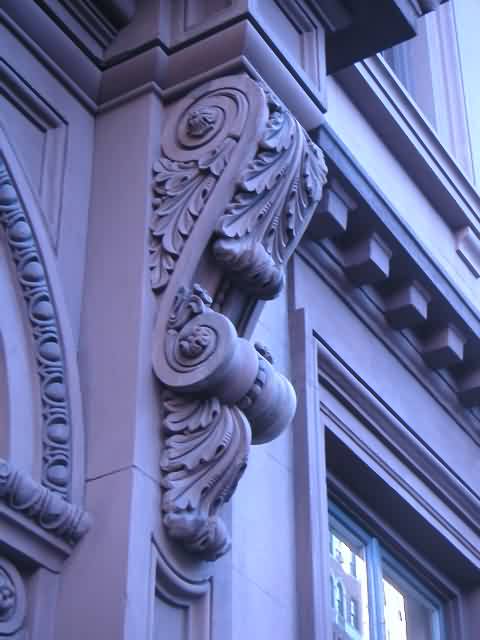 |
|
notes |
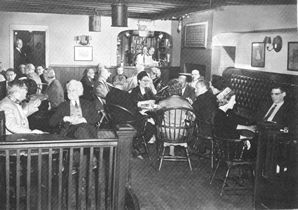 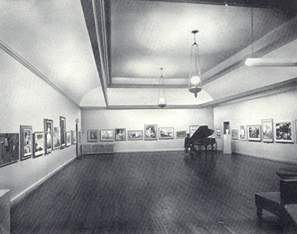 |
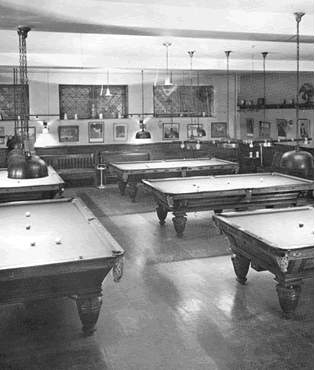 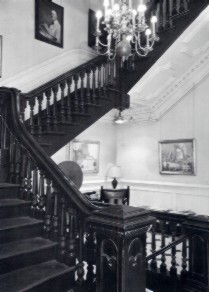
|
|
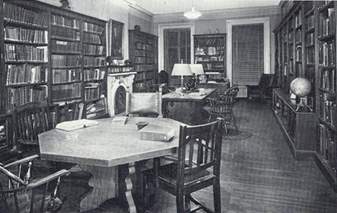 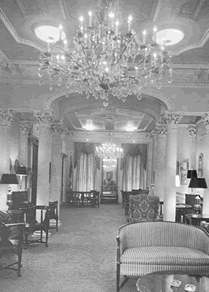
|
|
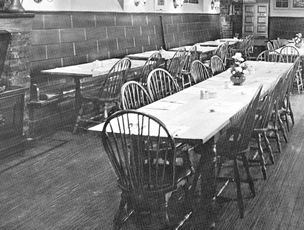 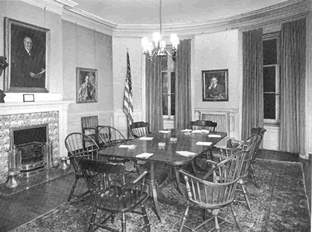
|
|
|
Following a tradition of over 130 years,
Salmagundi Club continues to serve as a center for fine artists from New
York and around the country - providing exhibitions of paintings,
sculpture and photography, conducting art classes and painting
demonstrations and art auctions throughout the year.
All this is done in an atmosphere of conviviality that encourages discussions on art and other topics and leads to lasting friendships among both lay and artists members. While members are mainly residents of new York, Salmagundians are to be found throughout the United States and Canada, as well as such faraway places as London, Amsterdam and Lisbon. Originally formed as the New York Sketch Club in 1871, the Club adopted its present name a hundred years ago after Washington Irving published his potpourri of wit and wisdom called "The Salmagundi Papers." The name also serves as the club dining room's famous "Salmagundi Stew". Through the years the Club has been the singular gathering place for such great artists as Childe Hassam, William merrit Chase, Howard Pyle, N.C. Weyth, Carles Dana Gibson, Ogden Pleisner and many others. Honorary members have included such luminaries as Sir Winston Churchill, Buckminister Fuller, Paul Cadmus, Al Hirschfeld, Thomas Hoving and Schuyler Chapin. |
|

SALMAGUNDI CLUB The Salmagundi Club, which was established in 1871 for "the promotion of social intercourse among artists and the advancement of art," moved in 1917 from 14 West 12th Street to a brownstone mansion at 47 Fifth Avenue, which had been built in 1853 for Irad Hawley, president of the Pennsylvania Coal Company. Originally called the Salmagundi Sketch Club, their members in the early years would meet at the studio of well-known sculptor J. Scott Hartley. In its heyday at the turn of the century, the club included such socially prominent artists as Louis Comfort Tiffany, Stanford White, and John La Farge. Shortly after Abbott photographed the club, it underwent renovation: the facade was refaced, and the first-floor brownstone balconies and cast-iron sidewalk balustrade were replaced with wrought iron railings. Today, the club continues to meet at the Fifth Avenue building. Special thanks to the Museum of New York, www.mcny.org |
|
|
links |
http://www.salmagundi.org/index.html |